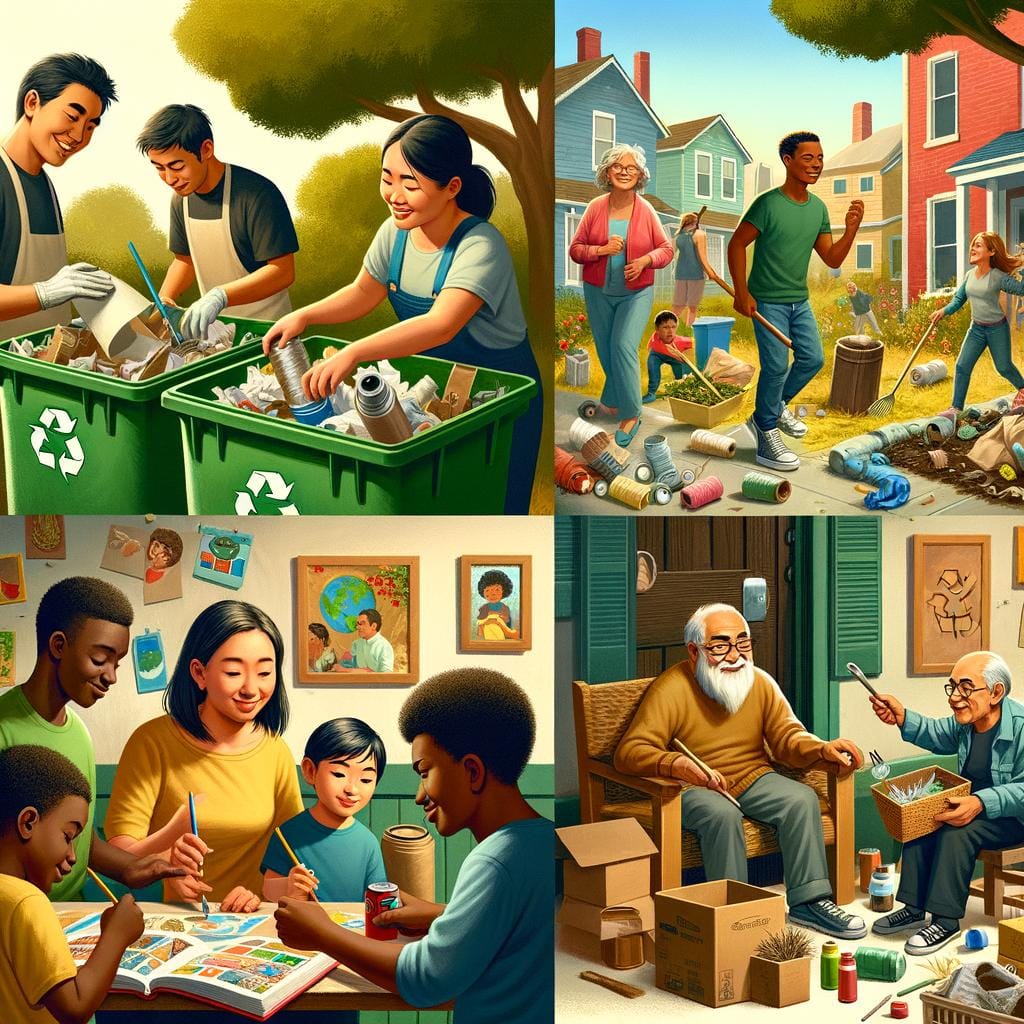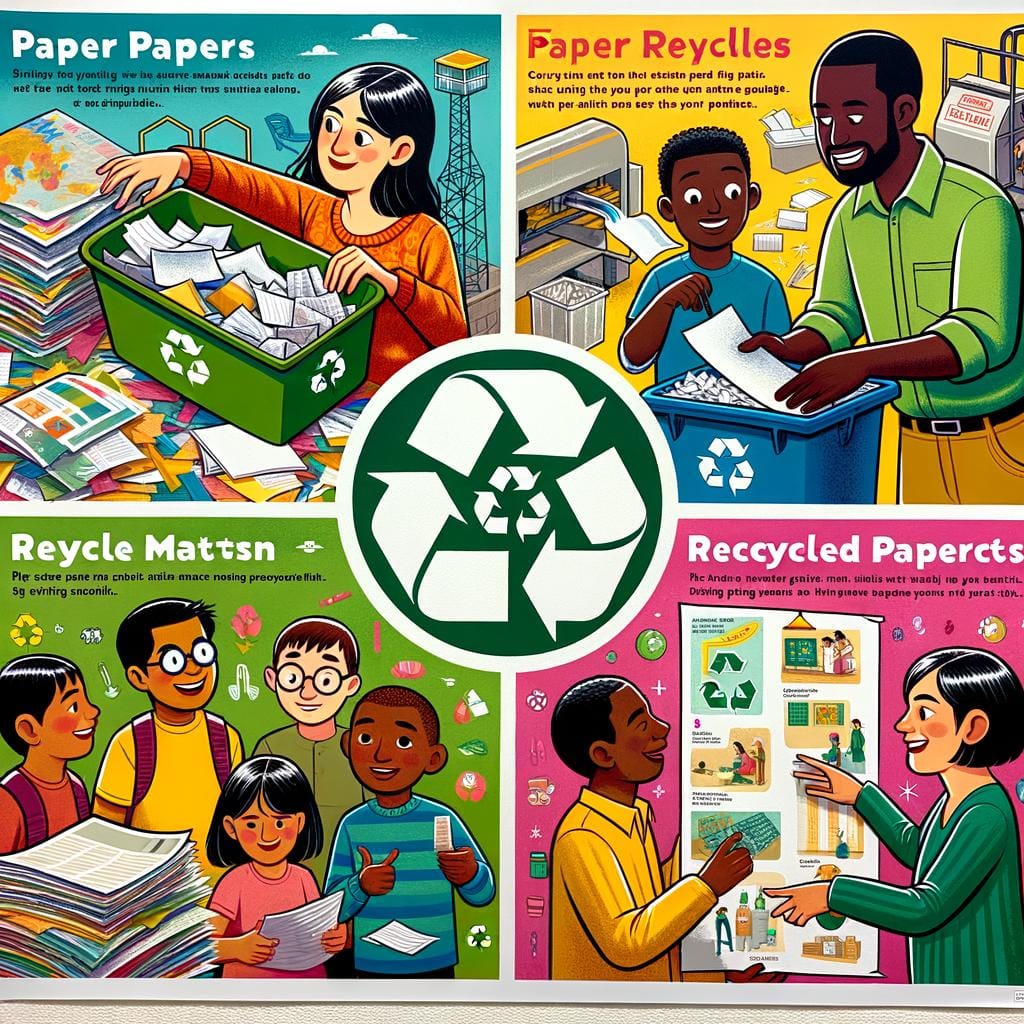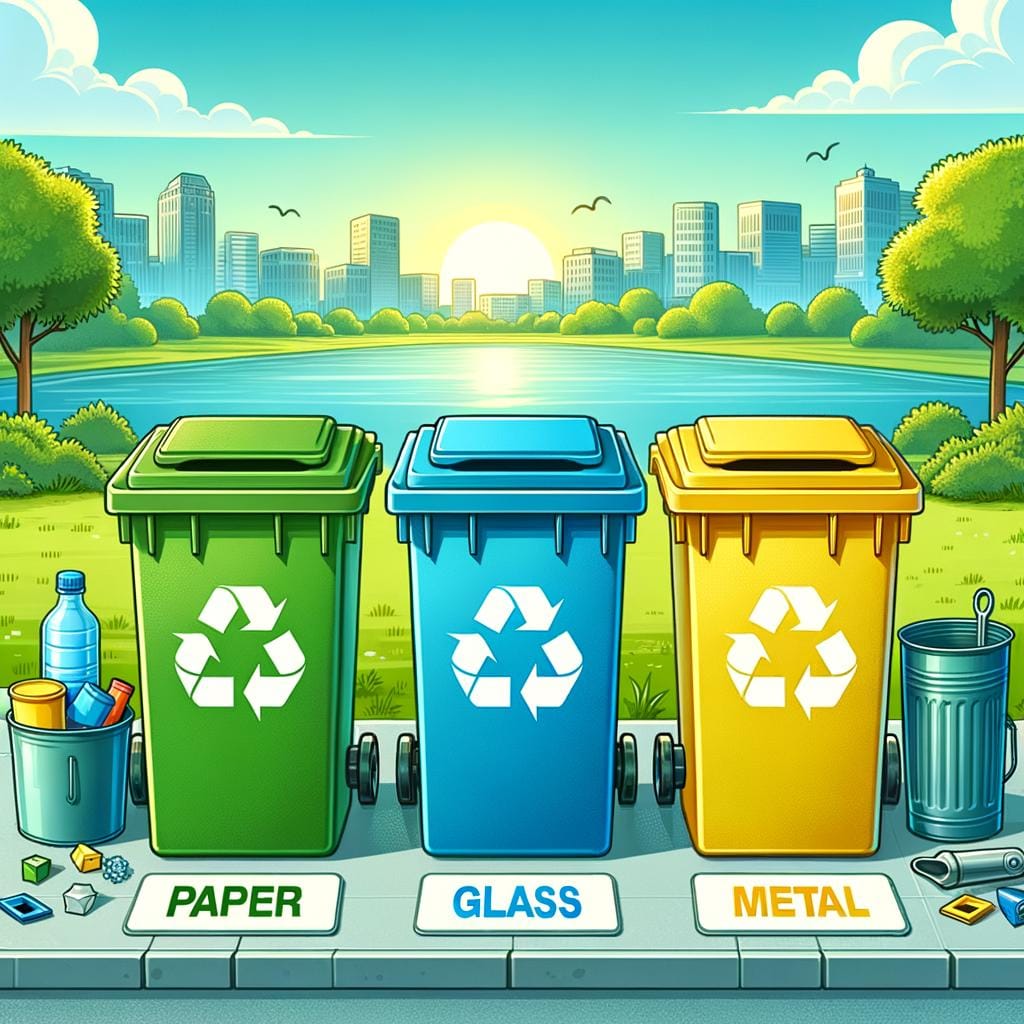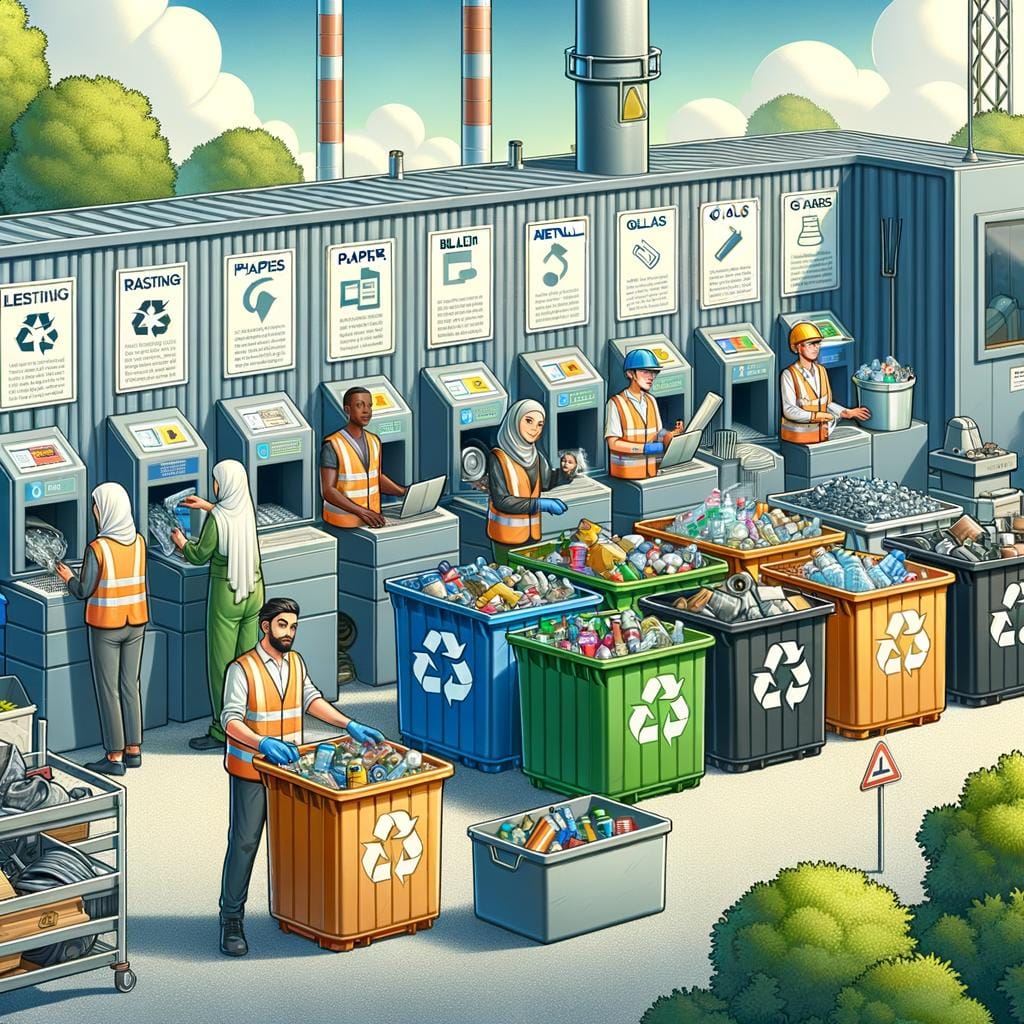Clutter can often overwhelm our living spaces, making it essential to embark on a decluttering journey. Embracing sustainable decluttering methods not only helps in tidying up our surroundings but also contributes positively to the environment. Sustainable decluttering involves making conscious choices that reduce waste and promote reusing or recycling items whenever possible.
As we navigate through our possessions, it is crucial to understand the significance of sustainable decluttering. This approach emphasizes the importance of minimizing our impact on the planet while organizing our belongings efficiently. By incorporating eco-friendly practices into our decluttering process, we not only create a harmonious living environment but also support sustainability efforts.
Before diving into the decluttering process, it’s essential to assess our belongings thoughtfully. Evaluating and categorizing items based on their value, usefulness, and sentimentality can guide us in making informed decisions about what to keep, donate, or repurpose. Sustainable decluttering techniques such as minimalism, upcycling, and donation strategies offer practical ways to streamline our possessions while reducing waste and environmental impact.
Understanding Sustainable Decluttering
Sustainable decluttering involves the process of removing unnecessary items from your living space while prioritizing environmentally friendly and ethical methods. It goes beyond just getting rid of things you no longer need; it also focuses on reducing waste, reusing items, and making conscious choices about where belongings end up. This approach to decluttering aligns with principles of sustainability by minimizing the impact on the planet and promoting a more mindful lifestyle.
One key aspect of sustainable decluttering is the emphasis on reducing consumption and waste. By being intentional about what you bring into your home and thoughtful about how you handle items you no longer need, you contribute to a more sustainable way of living. This can involve practices such as avoiding single-use items, opting for quality over quantity when making purchases, and finding new uses for old possessions instead of simply discarding them.
Furthermore, sustainable decluttering encourages individuals to consider the lifecycle of their belongings. From production to disposal, every item we own has an environmental impact. By choosing to declutter thoughtfully and responsibly, we can minimize our contribution to landfills and reduce our carbon footprint. Sustainable decluttering methods not only benefit our immediate living spaces but also have a positive ripple effect on the environment as a whole. Adopting these practices can lead to a more eco-conscious and fulfilling lifestyle.
Assessing Your Belongings
To begin the assessment process, start by going through your possessions room by room. Create categories such as “keep,” “donate,” “repurpose,” and “discard” to help you sort your items effectively.
As you assess each item, consider when was the last time you used it, whether it serves a practical purpose or brings you joy, and if it aligns with your current needs and lifestyle. Embracing a mindset of intentional living will guide you in distinguishing between essential items that add value to your life and unnecessary clutter that contributes to disorganization.
Another helpful tip for evaluating your belongings is to consider whether certain items hold sentimental value or emotional significance. While sentimentality can make it challenging to part with certain possessions, remember that memories reside within us rather than in physical objects.
If an item no longer serves a practical function or brings positive emotions, consider letting it go through donation or passing it on to someone who may benefit from it more. This mindful approach to decluttering will not only create a more harmonious living environment but also foster a sense of liberation and mental clarity.
| Aspect | Recommendation |
|---|---|
| Create Categories | Keep, Donate, Repurpose, Discard |
| Mindful Assessment | Consider usage frequency, practicality, emotional attachment |
| Sentimental Items | Focus on memories over material possessions |
Sustainable Decluttering Techniques
Sustainable decluttering methods encompass a variety of approaches that not only help in tidying up your living space but also contribute to reducing waste and promoting environmental sustainability. Among the key techniques for sustainable decluttering are minimalism, upcycling, and donation strategies.
Minimalism emphasizes owning fewer possessions, focusing on quality over quantity, and being intentional about what items you choose to keep. By decluttering through a minimalist lens, you can streamline your belongings, free up physical and mental space, and reduce your overall environmental footprint. This approach encourages mindful consumption habits and promotes a more sustainable lifestyle by reducing unnecessary purchases.
Upcycling is another effective method for sustainable decluttering that involves repurposing items or materials that you already own instead of discarding them. By creatively transforming old or unused objects into something new and useful, you can extend the life cycle of those items and minimize waste. Upcycling not only adds a unique touch to your living space but also helps in reducing the demand for new products, thus lessening the strain on natural resources.
Donation strategies play a vital role in sustainable decluttering by ensuring that items you no longer need or want find new homes instead of ending up in landfills. Donating gently used clothes, furniture, appliances, and other household items to local charities or thrift stores not only helps others in need but also promotes a circular economy where goods are reused and recycled.
By incorporating donation practices into your decluttering routine, you actively participate in community support initiatives while reducing waste accumulation.
| Sustainable Technique | Key Benefits |
|---|---|
| Minimalism | Promotes intentional consumption habits and reduces environmental impact |
| Upcycling | Extends the life cycle of items, minimizes waste generation, and encourages creativity |
| Donation Strategies | Supports community organizations, reduces landfill contributions, and fosters reuse practices |
Eco-Friendly Storage Solutions
Recycled Material Organizers
Another eco-friendly storage option to consider is using organizers made from recycled materials. These organizers can come in various forms such as fabric bins, cardboard boxes, or plastic containers made from recycled plastics. By opting for products made from recycled materials, you are supporting the circular economy and reducing the demand for virgin resources. Additionally, these organizers are often cost-effective and readily available in stores or even through DIY projects.
Sustainable Shelving Systems
Incorporating sustainable shelving systems into your living space is another way to enhance organization while being mindful of the environment. Look for shelves made from reclaimed wood or upcycled materials to add character and functionality to your home. You can also explore modular shelving units that allow for customization and easy reconfiguration as your storage needs change over time. By choosing sustainable shelving systems, you contribute to sustainable practices while creating a visually appealing and organized space in your home.
By opting for eco-friendly storage solutions like bamboo bins, recycled material organizers, and sustainable shelving systems, you not only declutter your living space but also contribute to a more environmentally conscious lifestyle. These choices align with sustainable decluttering methods by promoting resource efficiency, waste reduction, and overall well-being in your living environment. Embracing these eco-friendly storage options can lead to a more organized, aesthetically pleasing home while reducing your ecological footprint on the planet.
Mindful Consumption Habits
When it comes to maintaining a clutter-free living space, adopting mindful consumption habits is essential. By being more conscious of what we bring into our homes, we can prevent future accumulation of items that may eventually lead to clutter. Here are some tips on how to avoid clutter through conscious shopping practices:
1. Make a List: Before heading out to shop, create a list of items that you actually need. This will help you stay focused and avoid impulse purchases that could contribute to unnecessary clutter.
2. Quality over Quantity: Instead of buying multiple cheaper items, opt for fewer high-quality pieces that will last longer. Investing in well-made products not only reduces the need for frequent replacements but also helps in minimizing clutter over time.
3. One In, One Out Rule: For every new item you bring into your home, consider letting go of something else. This practice ensures that you maintain a balance in your possessions and prevents overcrowding in your space.
Incorporating these sustainable decluttering methods into your shopping routine can have long-lasting benefits for both your living environment and overall well-being. By being mindful of your consumption habits, you can create a more organized and harmonious living space while reducing waste and promoting sustainability within your lifestyle.
Sustainable Decluttering Challenges
When embarking on a decluttering journey, it is essential to confront the challenges that may arise along the way. Sustainable decluttering methods bring their own set of obstacles, but with the right approach, these challenges can be overcome effectively. Here are some common obstacles you may encounter when trying to implement sustainable decluttering practices, along with solutions to ensure a successful decluttering process:
- Emotional Attachment: One of the biggest hurdles in decluttering is letting go of items that hold sentimental value. Whether it’s a gift from a loved one or an item tied to a memory, it can be difficult to part ways with such possessions. To address this challenge, consider taking photos of sentimental items before donating or repurposing them. This way, you can still cherish the memories without holding onto physical clutter.
- Time Constraints: Another common obstacle in decluttering is finding the time to sort through all your belongings. To tackle this challenge, break down the decluttering process into smaller manageable tasks. Set aside dedicated blocks of time each day or week to focus on different areas of your home. This incremental approach can make decluttering feel less overwhelming and more achievable.
- Lack of Storage Space: Running out of storage space for items you want to keep can hinder your decluttering efforts. Instead of resorting to purchasing new storage solutions, consider utilizing what you already have in creative ways. Upcycling old containers or furniture for storage purposes not only reduces waste but also adds a unique touch to your living space.
By addressing these challenges with practical solutions and staying committed to sustainable decluttering methods, you can achieve a clutter-free and eco-conscious living environment. Remember that sustainable decluttering is not just about tidying up your space but also about making mindful choices that benefit both you and the environment in the long run.
Inspiring Success Stories
In conclusion, sustainable decluttering methods offer a holistic approach to simplifying our living spaces while being mindful of the environment. By integrating eco-friendly practices into the process of decluttering, individuals can not only create a more organized and peaceful home but also contribute towards reducing waste and promoting sustainability. Understanding the importance of minimalism, upcycling, and donation strategies can guide us in making conscious decisions about our belongings, leading to a more sustainable lifestyle.
Assessing our belongings plays a crucial role in the sustainable decluttering process. By evaluating and categorizing items based on their usefulness and necessity, we can make informed choices about what to keep, donate, or repurpose. Implementing eco-friendly storage solutions such as bamboo bins or recycled material organizers further enhances the sustainability of our decluttered spaces. These storage options not only help maintain organization but also reduce our reliance on plastic and other non-biodegradable materials.
Successful implementation of sustainable decluttering methods involves not only addressing physical possessions but also adopting mindful consumption habits for the future. By cultivating conscious shopping practices and being intentional about what we bring into our homes, we can prevent clutter from accumulating again. Overcoming challenges such as sentimental attachment to items or difficulty letting go requires patience and perseverance, but with determination and a focus on sustainability, individuals can achieve transformative results in their living spaces through sustainable decluttering methods.
Frequently Asked Questions
How Do You Declutter Sustainably?
Decluttering sustainably involves minimizing waste by recycling, donating, or repurposing unwanted items instead of throwing them away. It also means being mindful of future purchases to reduce unnecessary consumption and waste.
What Is the 12 12 12 Decluttering Method?
The 12 12 12 decluttering method is a simple yet effective approach to decluttering where you choose 12 items to throw away, 12 items to donate, and 12 items to return to their proper place. This method helps break down the decluttering process into manageable tasks and prevents overwhelm.
What Is the 20 20 20 Rule for Decluttering?
The 20 20 20 rule for decluttering is a technique that involves sorting through your belongings in small increments of time – typically 20 minutes – focusing on one area at a time. You spend 20 minutes decluttering, 20 minutes organizing, and then take a 20-minute break. This structured approach can help prevent burnout and make the decluttering process more manageable.

Hello, I’m April Denton, your go-to expert for all things home decluttering and organization. With over a decade of experience helping individuals transform their living spaces into serene, clutter-free sanctuaries, I am passionate about the life-changing benefits of decluttering. My journey into the world of organization began out of necessity, juggling a busy career and a bustling household. I quickly realized that a well-organized home was the key to a more balanced, stress-free life.





